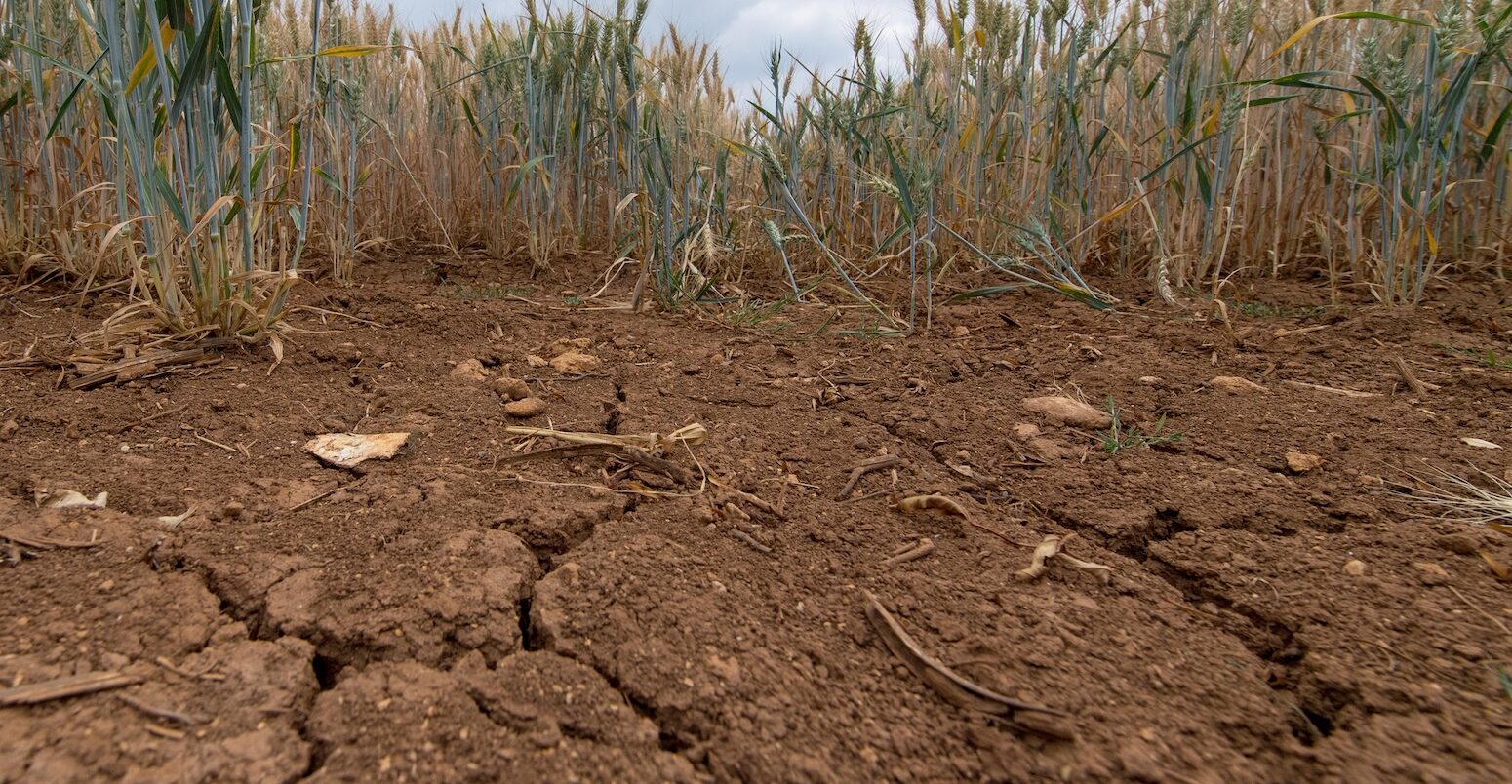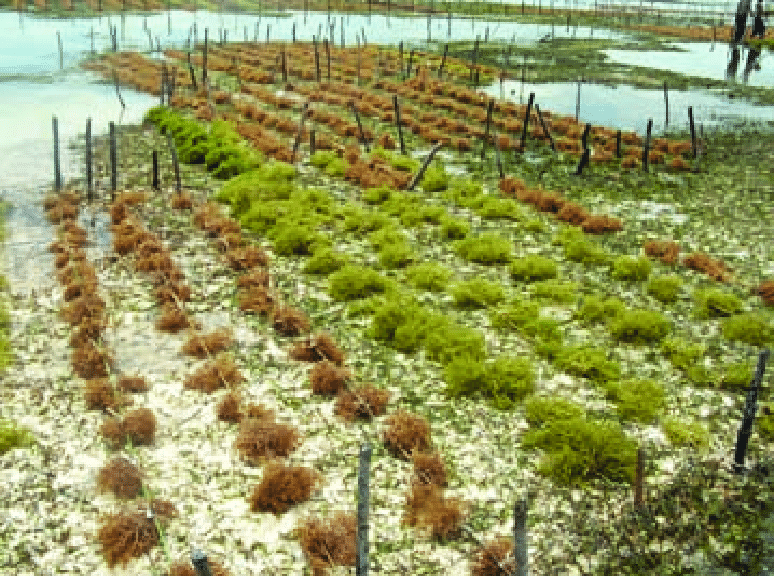The U.S. Forest Service has announced plans to decommission an unofficial user-made trail located within the meadow south of the Marys Peak Summit Day Use parking area on the Siuslaw National Forest. This decision is part of a broader initiative aimed at eradicating invasive species that threaten the local ecosystem. By closing off this trail and installing fencing, the Forest Service intends to limit access to this sensitive area, allowing native vegetation to recover and flourish. The presence of invasive species not only disrupts the natural balance of the ecosystem but also poses a risk to native flora and fauna, making the eradication efforts crucial for the preservation of biodiversity in the region.
The decommissioning of this trail is a proactive measure to restore the ecological integrity of the meadow. User-made trails, while often well-intentioned by outdoor enthusiasts seeking to explore natural landscapes, can inadvertently contribute to environmental degradation. They often lead to soil compaction, erosion, and the spread of invasive plant species, which can outcompete native plants for resources. By removing this trail, the Forest Service aims to promote a healthier, more sustainable environment that supports native species and enhances the overall resilience of the meadow ecosystem.
In addition to the physical fencing of the area, the Forest Service may implement a series of restoration activities to further support the recovery of the meadow. These could include planting native species, controlling existing invasive plants, and educating visitors about the importance of staying on designated trails to prevent further disturbances. By fostering a deeper understanding of the ecological challenges facing the Siuslaw National Forest, the Forest Service hopes to engage the public in conservation efforts and encourage responsible recreation practices. Overall, the decision to decommission the unofficial trail is a vital step towards ensuring the long-term health and sustainability of this beautiful natural area.
Forest Service officials said that the trail has been identified as an area that’s allowed the proliferation of such invasive species as Oxeye daisy and fox gloves that are spread through the area by hikers, bikers, and pets that inadvertently pick up seeds and spread them through the area. Temporary fencing will be installed to protect the area from further damage while rehabilitation efforts are underway, forest officials said.
“Marys Peak is an important natural and cultural resource,” said Matt Ramich, recreation manager for the Central Coast Ranger District. “It has been designated as a Scenic Botanical Area because of its rich, unique scenery and plants. It is also a place of great significance to the surrounding tribes. In order to maintain an area as special as Marys Peak, we need the help of all of our visitors. Hikers and their pets should stay on designated trails to help us avoid spreading more invasive plant species.”
Recreationists interested in exploring the top of Marys Peak are encouraged to visit official trails such as the East Ridge Trail, Summit Trail, and Meadow Edge Trail and an official trail is being designed to provide access to the area being rehabilitated after restoration work is finished, the Forest Service said.
More information on Marys Peak and its surrounding trails can be found on the Siuslaw National Forest website.
Floral invasive species are non-native plants that can cause significant harm to the ecosystems they invade. These species often thrive in new environments due to the absence of natural predators or diseases that typically keep them in check in their native habitats. As a result, they can outcompete native flora for resources such as sunlight, water, and nutrients, leading to declines in biodiversity. The introduction of invasive species can disrupt local ecosystems, altering habitat structure and function, which can have cascading effects on wildlife and other plant species.
The pathways for the introduction of floral invasive species are varied and can include horticultural trade, agricultural practices, and unintentional transport through human activity. Gardeners and landscapers may unknowingly introduce invasive plants when they cultivate species that are not native to their region. Additionally, some invasive species are marketed for their ornamental value or rapid growth, leading to their widespread planting. Once established, these species can be challenging to control or eradicate, requiring significant resources and effort to manage their spread.
The ecological consequences of floral invasive species can be profound. They often change soil chemistry, hydrology, and fire regimes, further disadvantaging native species and altering ecosystem dynamics. For example, certain invasive grasses can increase fire frequency, which native species may not be adapted to withstand. In addition to ecological impacts, invasive plants can also affect human activities, such as agriculture, forestry, and recreation, leading to economic losses and increased management costs.
Efforts to manage floral invasive species typically involve prevention, early detection, and control measures. Public education and awareness are critical components of prevention strategies, as informed citizens can help reduce the spread of invasive species. Monitoring programs can assist in detecting new invasions before they become established, while control methods may include mechanical removal, herbicide application, or ecological restoration techniques to reestablish native plant communities. Collaborative efforts among government agencies, non-profit organizations, and local communities are essential for effective management and the preservation of native biodiversity.




